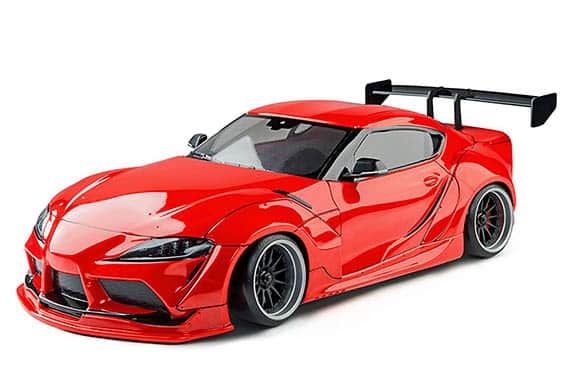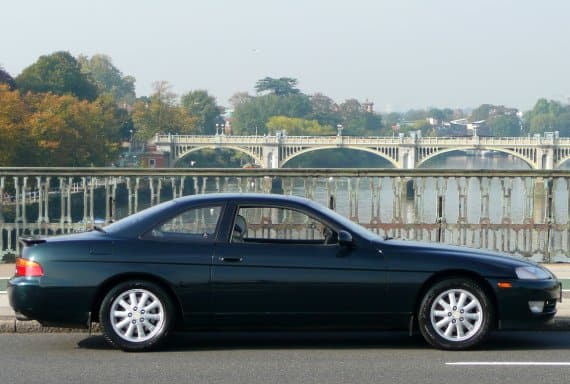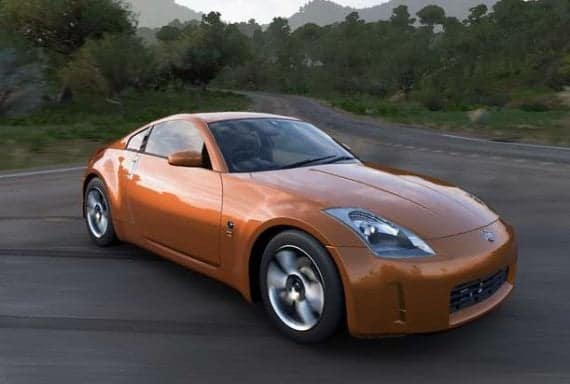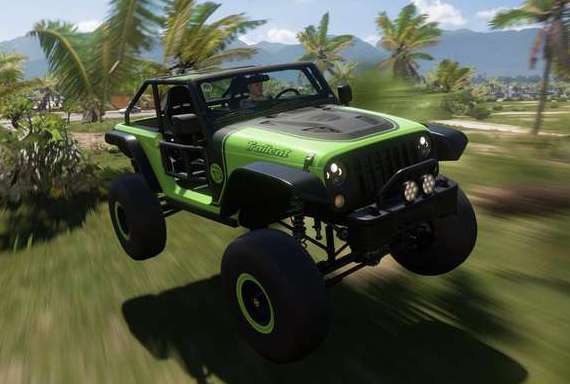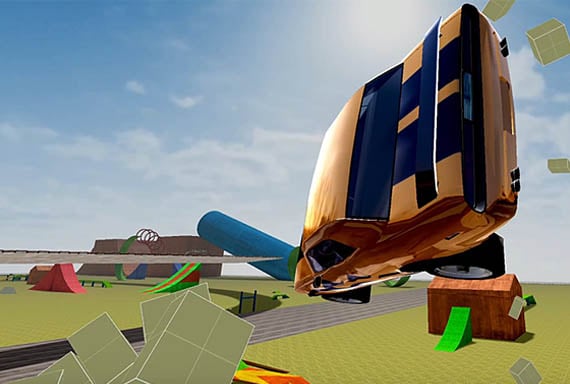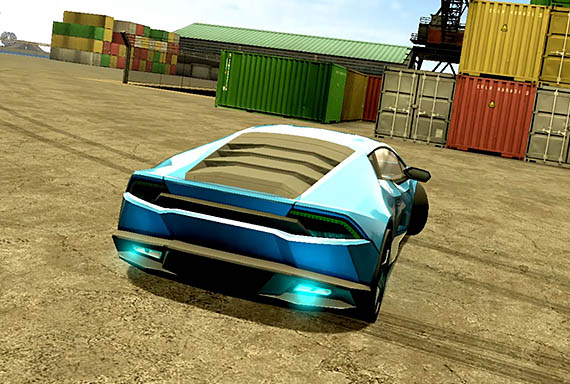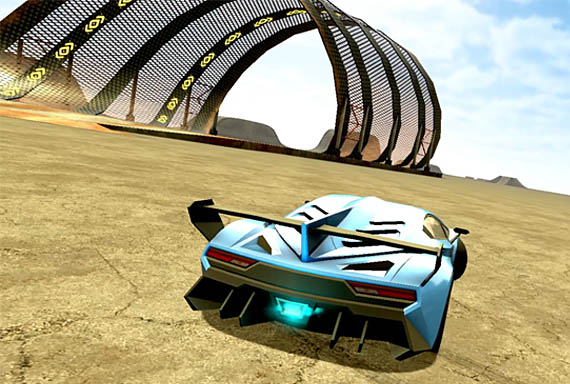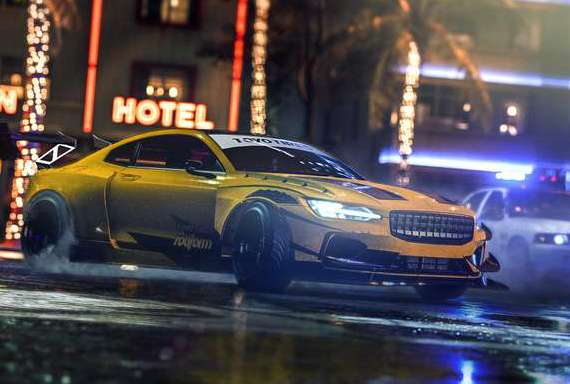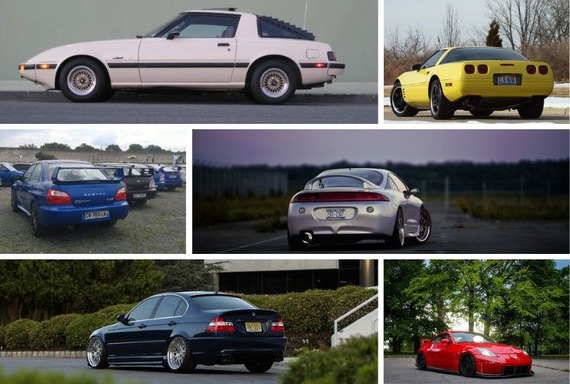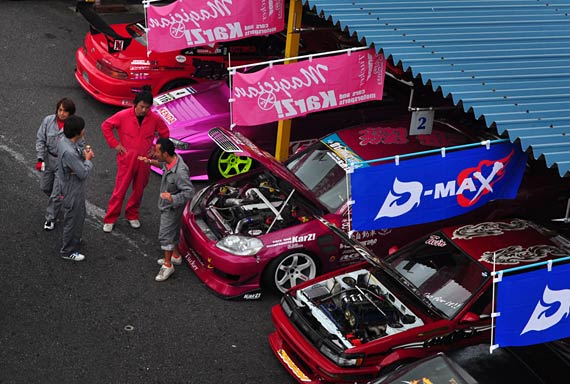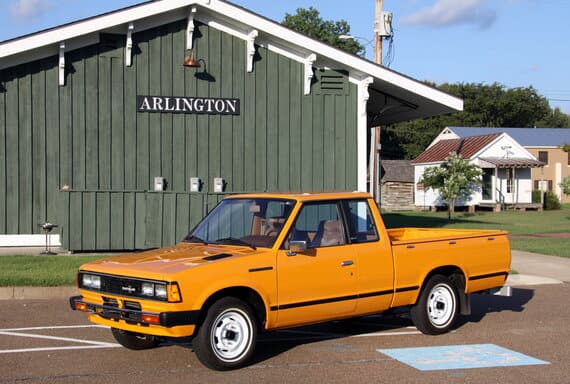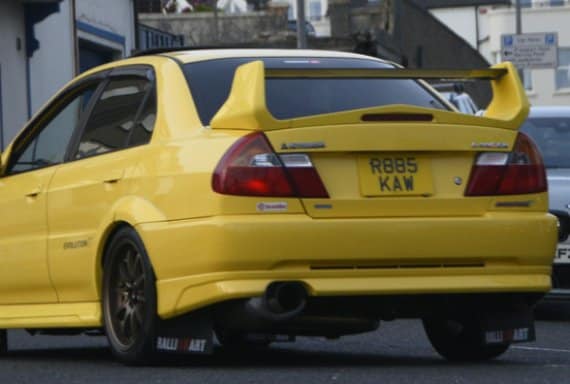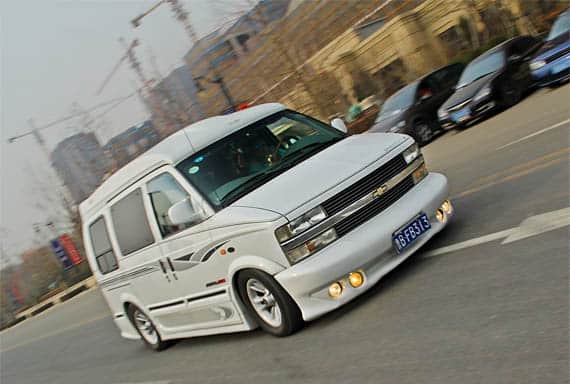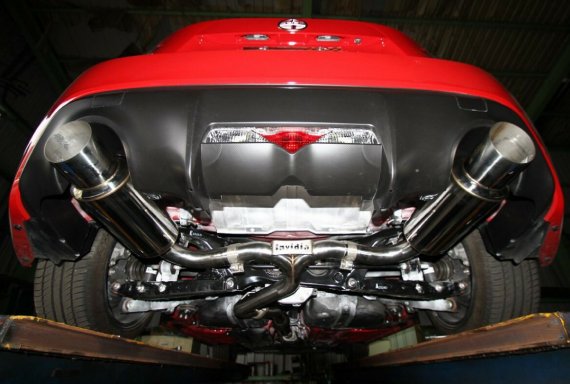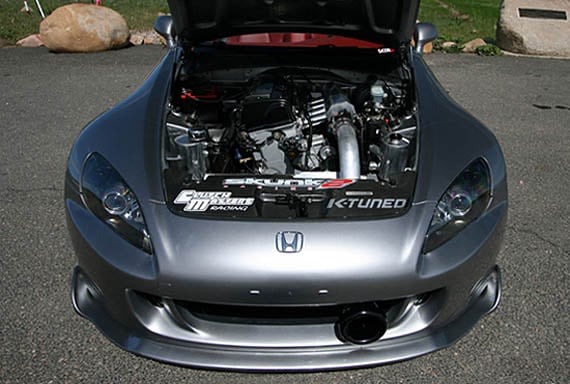Snap Oversteer – What Exactly Is It?
Snap oversteer can be terrifying drivers that are pushing their cars to the limit. But why does it happen, and what can you do to prevent it? We’ve got the answers.
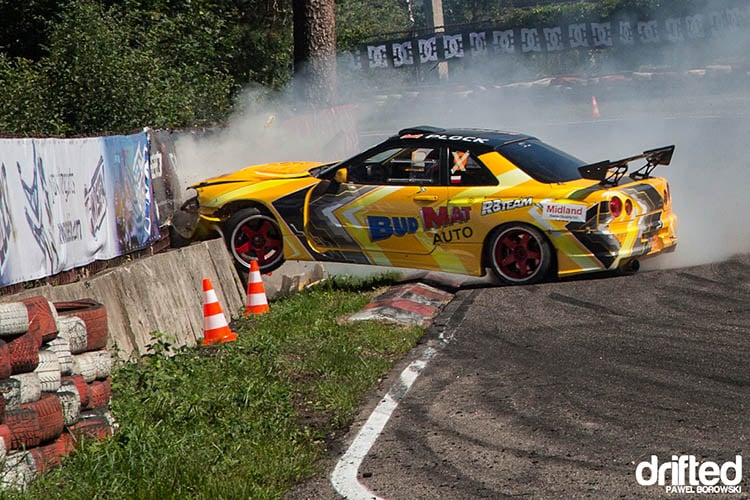
- Introduction
- What is Snap Oversteer?
- What Causes Snap Oversteer?
- How to Fix Snap Oversteer
- Which Cars Snap Oversteer?
- Conclusion
Introduction
Many car enthusiasts have considered their next purchase, only to be informed that the mid/rear-engined car of their dreams suffers from the ‘snap oversteer’ curse.
Most famed for this has to be the Toyota MR2, with internet forums alive with horror stories on how you’re unlikely to make it out alive after your first cornering attempt during ownership.
Honda’s S2000 is often labeled with the same snap-oversteer branding, too.
Although the S2000 has a front-mid engine layout (which sits further back than the traditional location), it’s typically cars with the engine and the driven wheels located in the rear that many believe suffer the most from snap oversteer.
But, what exactly is snap oversteer?
Is it as bad as the internet makes you believe, and should you let it be a decisive factor in your next car purchase?
We understand that you’ve got plenty of questions, and we’ll be answering them all in this guide.
What is Snap Oversteer?
If you’re not too clued up on the basics of oversteer and understeer, then we highly recommend checking out this useful video before we get started:
Now that you’ve got a basic understanding of oversteer (and understeer), it’s time to explain where snap oversteer comes into the equation.
As you may already be aware, the art of drifting is when you intentionally make your car oversteer to maintain a controlled slide through a corner.
Snap oversteer, on the other hand, is when things don’t go quite so smoothly.
It likely occurs when you head into a corner too fast, lifting off the accelerator in the middle of the turn, causing deceleration, which then forces the load transfer to shift to the front of the car, causing the back-end to step out.
Now that the load has shifted to the front, combined with a lack of throttle to the rear wheels providing a loss of grip at the back, the front grip increases, forcing the car to suddenly “snap”.
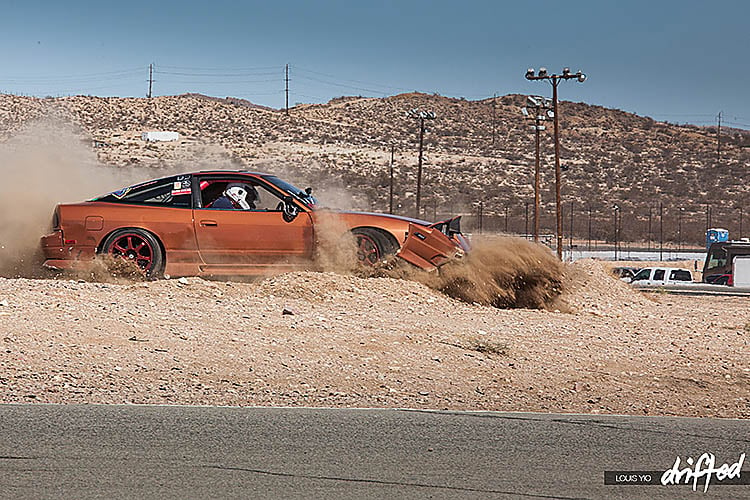
At this point, you’re no longer in control, with the car’s tail-end seemingly generating a mind of its own. When combined with high speeds, it quickly becomes an extremely challenging scenario to correct.
As you’ve probably guessed, a snap-oversteer situation on a narrow racetrack, or even a road, can be met with disastrous consequences in the blink of an eye.
The layout of short-wheelbase, rear-engined sports cars such as the MR2 has suspension geometries that make them more susceptible to snap-oversteer.
However, many enthusiasts will likely tell you it entirely falls to a lack of driver skill, which we’ll discuss shortly.
What Causes Snap Oversteer?
Although we now know that a car’s design is likely to increase the possibilities of snap oversteer occurring, there’s no doubt that driver error often plays a role.
There’s a reason that snap oversteer is rarely seen in professional racing, and that’s because experienced drivers should typically know how to avoid the situation entirely.
Oh, and because there’s not many Mister Twos in racing. (We’re just kidding, MR2 fans!)
Well, this is awkward.
Jokes aside, there’s a reason that we don’t see many rear-engined cars participating in drift competitions, as they’re notoriously difficult to slide.
Where a front-engined, rear-wheel-drive car has the ideal balance, mid, or rear-engined cars have a much lower rotational inertia, which makes them far more challenging to control in a slide once you begin to approach the point of no return.
As we explained in the previous section, snap oversteer, which is sometimes referred to as lift-off oversteer, typically occurs due to driver error caused by a loss of traction at the rear wheels, combined with the load getting shifted to the front wheels.
Throttle Lift-Off Mid-Corner
Although many owners will blame their cars, snap oversteer is usually caused by driver error, with the weight shift of a short-wheelbase, rear-engined car providing a quicker, harsher experience.
Breaking the traction of the rear-wheels mid-corner is quickly going to become a recipe for disaster. There’s a reason that rally legend Colin McRae was famed for his “When in doubt, flat out!” quote.
Although we certainly don’t recommend going full-throttle at all times (try it on a game and see how quickly it goes wrong,) maintaining the throttle with confidence is your best chance of eliminating the issue.
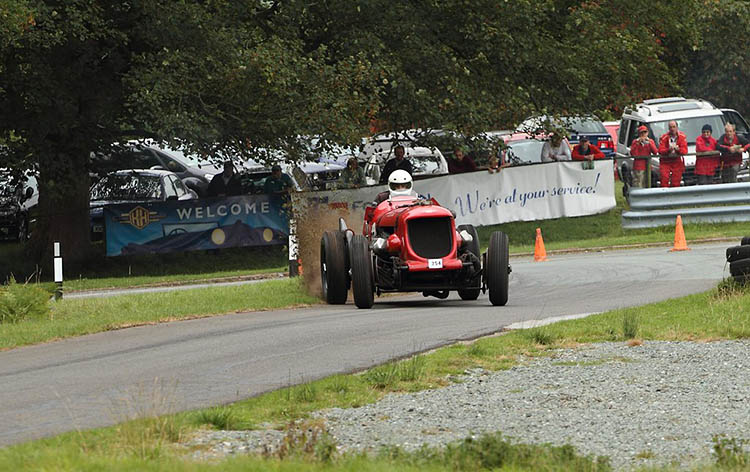
Sudden lift-off of the throttle mid-corner (likely caused by panicking) causes a rapid weight/load shift to the front of the car, lifting the rear end slightly, and before you know it, you’re likely facing oncoming traffic.
It’s not just RWD cars, either. Front-wheel-drive vehicles are also prone to snap oversteer, and getting back on the throttle (calmly) is still going to be your best chance of correcting this.
With the power going to the front wheels, you stand a far better chance of accelerating your way out of the tricky situation with the wheels regaining grip as the back-end begins to step out.
It’s not always about mashing the pedal like Colin McRae, and an understanding of throttle control and counter-steering will be a great way to learn necessary fast driving skills.
We highly recommend practicing throttle control in an open space or on a racing simulator to learn a car’s limits.
Although it’s challenging to understand weight shift in a game, this makes it somewhat more challenging, providing a better understanding when it eventually comes to a real-world scenario.
Tackling The Corners Correctly
As well as lifting off the throttle, the decisions you make upon entering a corner will decide how the rear end of the car reacts.
If you’ve not yet had a chance to build up much experience at the track, then you’re likely to feel more nervous and panicky than relaxed when it comes to your first few outings, which is entirely normal.
You’re boosting your way down the straights when a swift glance in the rear-view-mirror confirms your worst fears - you’ve got someone far more experienced WAY too close for comfort.
At this point, your chilled-out game-plan has gone out of the window, and before you know it, you’re approaching the corner with way more speed than intended.
In a mad panic, you’re suddenly at the start of the corner, and your brain doesn’t have time to function.
As the rear-end steps out, natural, inexperienced instincts might tell you to lift off the throttle, turn into the corner, and then hit the brakes to correct the momentum.
Since you’re not on track right now and don’t have a rear-view mirror, you’ll (hopefully) realize that’s completely wrong!
Entering a corner with too much speed is likely to be the first issue that’ll begin the oversteer process in an RWD car, and you’re going to have to do something to correct this.
Where counter-steering and calmly throttling your way out of the situation when the back-end begins to step out is the right thing to do, it won’t often come to mind in the heat of the moment.
However, foot braking mid-corner is one of the worst things you can do, and it’ll have a drastic effect on weight-shifting, especially when doing so mid-corner, and this will also initiate a ‘snap’, caused by the load shift sent to the front.
Our How To Drift guide will explain everything you need to do when it comes to oversteer through a corner correctly.
The best way to reduce the occurrence of braking issues mid-corner is to calmly approach the turn with the correct initial speed and using oversteer to your advantage to throttle and counter-steer your way through the corner.
With the harsh weight-transfers that happen mid-corner, rapid and sharp steering, throttle, and brake adjustments will have drastic effects on the car’s balance.
These instances are another example of where learning to push the car to its limits in a large open space or on simulator games provides the perfect platform to refine your skills and learn from your mistakes with no severe consequences.
How to Fix Snap Oversteer
As you’ve probably guessed, the most common fix for snap oversteer is going to be refining your driving skills. However, there are also several other considerations as to what could be causing the issue.
If you feel that you’re not approaching the corner with too much speed, downshifting at the wrong time, suddenly releasing the throttle, or hitting the brakes mid-corner, then it’s worth investigating where the issues could potentially lie.
There’s no doubt that the number one cause of snap oversteer is down to driver error, but it’s far from impossible that there may be underlying issues with the car to consider.
Potential Structural Damage
Our first consideration here would be to consider whether the car has ever been in an accident.
Of course, this is a car-lovers worst nightmare, and although it’s something we hate to check for, it’s something that has to be considered.
In an ideal scenario, these checks should always be carried out when purchasing the car to avoid heartache further down the line, but we fully understand that not everyone knows what they’re looking for.
The first areas to check for are the front slam panel and to see whether there are any unusual cracks or bent areas under the hood and around the car.
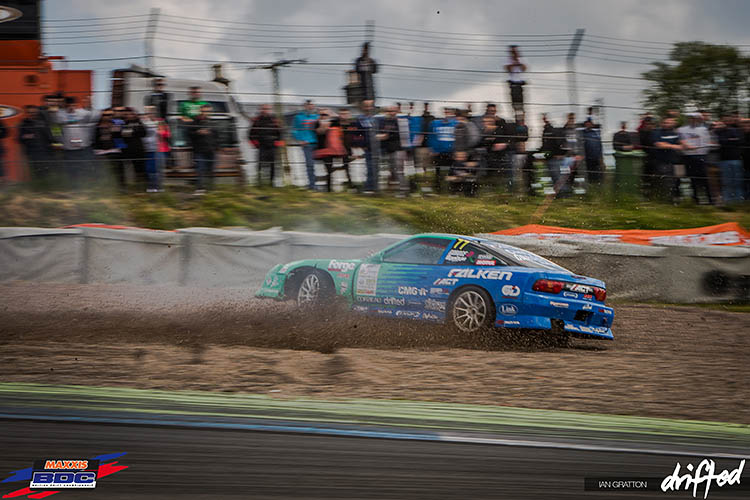
Getting under the car and checking everything looks straight and true is another ideal way to look for crash damage.
If you can get the car on a ramp, this will provide the perfect solution for a thorough look-over, especially when combined with a qualified mechanic’s opinion.
Once you’ve (hopefully) ruled out structural issues, it’s time to consider what else could be causing the imbalance.
Tires
Okay, so, sometimes tires may be the first consideration, but we’re hoping that since you’re heading to a track, you’re not riding with four part-worn, mismatched tires on your racecar!
It’s always important to remember that tires are the only component that connects your car to the road or track, so they must be fit for purpose.
For example – if you’re running with bald, old tires on a wet track, then you can probably conclude where your issues lie right away!
Although tires can sometimes look fine with a quick inspection, we’ve seen instances where the tires are several years old, and the rubber bears a closer resemblance to plastic without the owners realizing it.
Throwing a car’s full weight at the limits into a corner is the ultimate test for tires. Therefore, it’s essential to ensure that your tires are a suitable, grippy compound, not too old, with appropriate tread depth.
Alignment
If you’ve fitted aftermarket suspension to your car, it’s worth carrying out a four-wheel alignment to ensure a correct setup.
Incorrect suspension settings can cause all sorts of weird issues, so getting a base setup for your car or getting the alignment checked by a professional could bring up some potential answers.
Making adjustments such as camber and toe-in at the rear and applying a softer setup could offer improved stability at the rear-end when cornering.
Softening the rear suspension and reducing the rear ride height can also promote improved grip on the back end.
Sway Bars
If you’ve got aftermarket, or adjustable sway bars (or anti-roll bars), then it’s worth inspecting to ensure the links aren’t preloaded.
When installed incorrectly, sway bars can make the car behave erratically due to the contradicting forces fighting it out.
External Conditions
Although this one might seem obvious, you can never be too sure!
Were the surface conditions ideal when you experienced the snap oversteer issues?
For example, with heavy rain, or perhaps even an oil spillage, or maybe it was a freezing day, and you went full-retard on the first turn on cold tires.
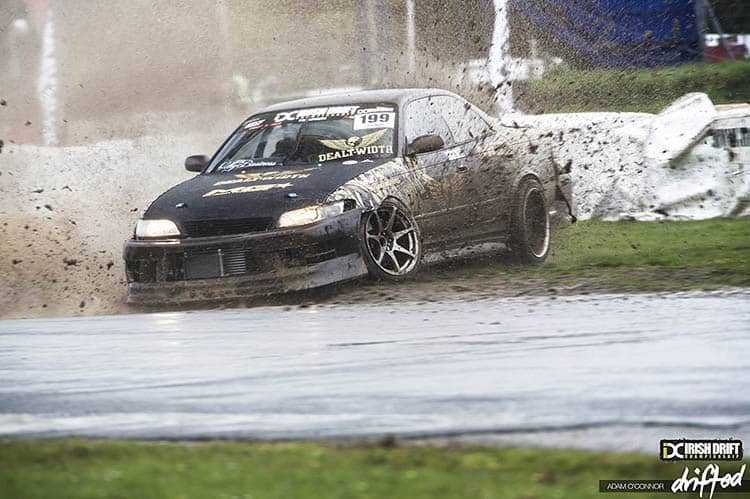
There are several different scenarios to consider here, so it’s worth eliminating the freak scenarios that could occur both on the road and the track.
Oil spills and black ice are far from uncommon, and even hitting a puddle and aquaplaning would make your car act bizarrely in a corner.
Oh, and be sure to watch out for banana skins, too - we’ve all witnessed what happens with those in Mario Kart!
This amusing compilation video is worth a chuckle, followed by a fantastic tutorial by the Drift King himself, Keiichi Tsuchiya, on how to oversteer through a corner correctly:
Which Cars Snap Oversteer?
Although it mainly boils down to the driver, certain cars are likely to encourage snap oversteer more than most, and it’s more often than not those that have both the engine in the back and the power going to the rear wheels.
Many cars are known for snap-oversteer issues, but here are a few that have managed to earn themselves a reputation along the way.
Toyota MR2
Before we start getting hate mail from the Mister Two fan club, we agree that this almost always falls to driver error.
Still, the center/rear-weight distribution of the MR2 certainly doesn’t offer any favors when correcting oversteer.
When tamed correctly, these are fantastic cars, but they’re quick to bite back if you don’t give them the respect they deserve, which has made them notorious in the snap-oversteer game.
Don’t worry – it’s better than being a Mustang owner that drives into crowds!
Honda S2000
That’s right – even the much-loved S2000 isn’t safe!
S2K owners have reported snap oversteer issues over the years, but this once again typically falls to lack of talent combined with the short wheelbase.
Since the engine has also been housed further back in the S2K than most traditional RWD cars, this can sometimes make these fantastic handling cars a little too twitchy at the rear for inexperienced drivers.
Porsche 911
That’s right - even Porsche’s aren’t safe from snap understeer issues!
Early generation 911’s are known for their snap-oversteer tendencies, partly caused by the semi-trailing-arm rear suspension, which drastically affected the camber when pushing hard in a corner.
It’s one thing suffering from snap oversteer in your budget racecar, but if you’re searching for the ultimate squeaky-bum moments, the Porsche 911 presents a great opportunity.
Ford Mustang
Although Mustang owners don’t have the excuse that the engine is in the rear, they’re still fantastic at running into crowds, where the owners will undoubtedly blame snap oversteer.
Lexus GX 460
An unsurprising addition to our list, but Consumer Reports magazine deemed the 2010 Lexus GX 460 unsafe, earning itself a “Don’t Buy: Safety Risk” warning.
They felt that the lift-off oversteer produced by the SUV in factory form was so drastic that it was noticeable even when leaving a highway exit ramp at speed.
Toyota eventually recalled both this car and the Land Cruiser Prado, where a software update would later fix the issue. If you’re a GX 460 owner, you may want to check yours has had the update!
Conclusion
Since you’ve made it this far, we’re hoping you’ve now got a thorough understanding of what could potentially be causing snap-oversteer issues.
The most likely cause is likely to fall to the driving style of the driver. This a subtle way of saying the following quote that we once read in a magazine - “the unexpected rotation at the point of disappearing talent.”
However, it’s admittedly not always the driver’s fault, and it’s certainly worth considering whether it’s undoubtedly snap oversteer or whether other issues are potentially at play.
If this is the case, we recommend referring back to the ‘How to Fix Snap Oversteer’ section in this guide and giving your car a thorough check-over to ensure there are no underlying issues.
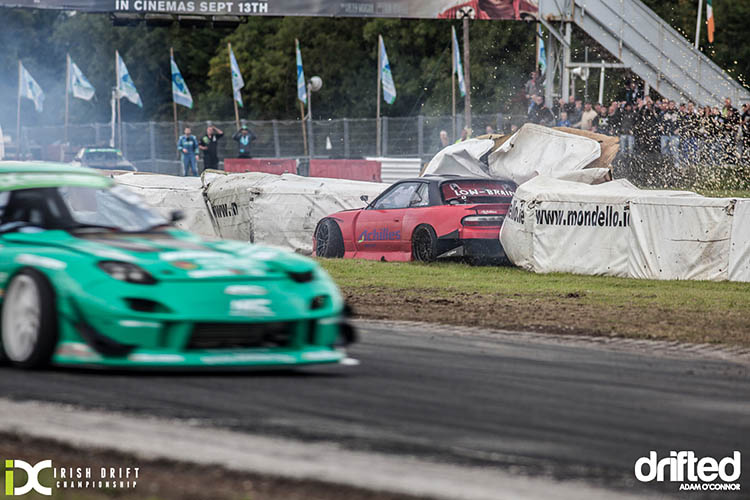
For those that admit it could fall to driver error, we highly recommend getting yourself to a large open space to safely learn your car’s dynamics and weight-balance could be hugely useful, especially for those with trickier vehicles to handle.
We understand that this isn’t always possible, in which case we’ve found racing simulators to be incredibly helpful when it comes to learning handling characteristics, especially if you can produce a similar setup to your car.
Who knows - perhaps you may eventually build up the skills to use your car’s weight distribution to your advantage, much like some of the incredibly talented rally drivers out there!
Learning how to drift is the perfect way to manage oversteer correctly, and you’ll eventually gain the knowledge to use drifting to your advantage.
So, there we have it! We hope that we’ve covered everything you could want to know about snap oversteer in this guide.
Thank you for reading our snap oversteer guide.
If you enjoyed this article, please share it with the buttons at the bottom of your screen. If you’ve found this information useful, then please take a moment to share it with other racing and drifting enthusiasts. We appreciate your support.
Photography credits
We thank the following entities for the use of their photography in this article:


